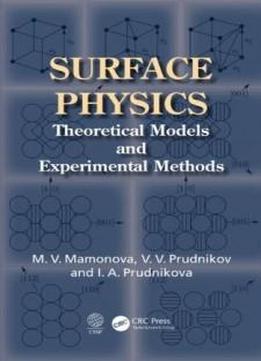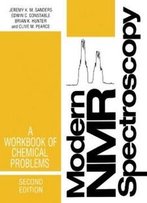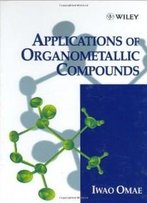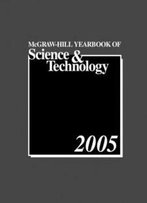
Surface Physics: Theoretical Models And Experimental Methods
by Marina V. Mamonova /
2013 / English / PDF
7.2 MB Download
The demands of production, such as thin films in
microelectronics, rely on consideration of factors influencing
the interaction of dissimilar materials that make contact with
their surfaces. Bond formation between surface layers of
dissimilar condensed solids—termed adhesion—depends on the nature
of the contacting bodies. Thus, it is necessary to determine the
characteristics of adhesion interaction of different materials
from both applied and fundamental perspectives of surface
phenomena. Given the difficulty in obtaining reliable
experimental values of the adhesion strength of coatings, the
theoretical approach to determining adhesion characteristics
becomes more important.
The demands of production, such as thin films in
microelectronics, rely on consideration of factors influencing
the interaction of dissimilar materials that make contact with
their surfaces. Bond formation between surface layers of
dissimilar condensed solids—termed adhesion—depends on the nature
of the contacting bodies. Thus, it is necessary to determine the
characteristics of adhesion interaction of different materials
from both applied and fundamental perspectives of surface
phenomena. Given the difficulty in obtaining reliable
experimental values of the adhesion strength of coatings, the
theoretical approach to determining adhesion characteristics
becomes more important.Surface Physics: Theoretical Models and Experimental
Methods
Surface Physics: Theoretical Models and Experimental
Methods presents straightforward and efficient approaches and
methods developed by the authors that enable the calculation of
surface and adhesion characteristics for a wide range of
materials: metals, alloys, semiconductors, and complex compounds.
The authors compare results from the proposed theories—developed
within the framework of the electron density functional theory
and dielectric formalism—to experimental data. The book begins
with a discussion of the thermodynamics of surface phenomena and
covers experimental and theoretical methods for studying surface
characteristics of solids.
presents straightforward and efficient approaches and
methods developed by the authors that enable the calculation of
surface and adhesion characteristics for a wide range of
materials: metals, alloys, semiconductors, and complex compounds.
The authors compare results from the proposed theories—developed
within the framework of the electron density functional theory
and dielectric formalism—to experimental data. The book begins
with a discussion of the thermodynamics of surface phenomena and
covers experimental and theoretical methods for studying surface
characteristics of solids.
Chapters describe calculations of surface and adhesion
characteristics of metals using the density functional method.
They also examine the calculation of adhesion characteristics of
metals, semiconductors, and complex compounds based on dielectric
formalism. In addition, the text covers dry friction, adsorption
of metal atoms, and ferromagnetic films. The principles and
methods presented in this book are useful in selecting optimum
materials and coatings for various applications, including
minimizing friction for increased efficiency of microelectronic
components.
Chapters describe calculations of surface and adhesion
characteristics of metals using the density functional method.
They also examine the calculation of adhesion characteristics of
metals, semiconductors, and complex compounds based on dielectric
formalism. In addition, the text covers dry friction, adsorption
of metal atoms, and ferromagnetic films. The principles and
methods presented in this book are useful in selecting optimum
materials and coatings for various applications, including
minimizing friction for increased efficiency of microelectronic
components.










